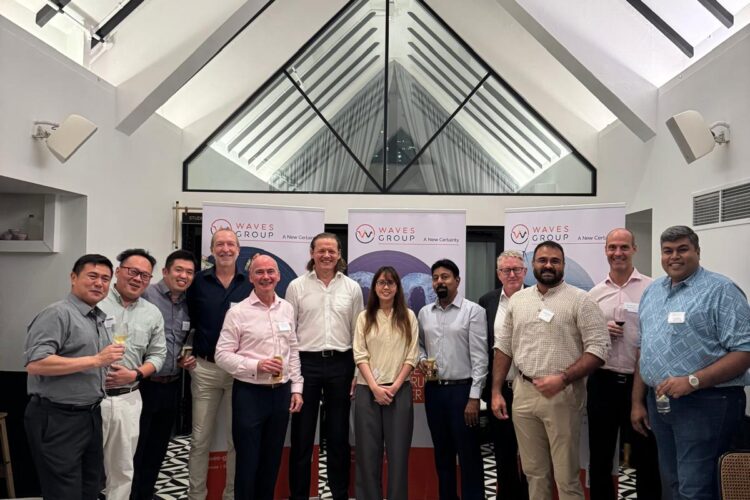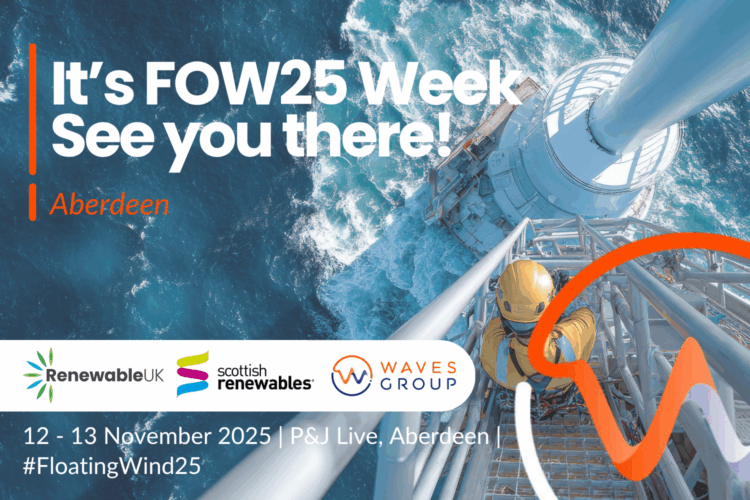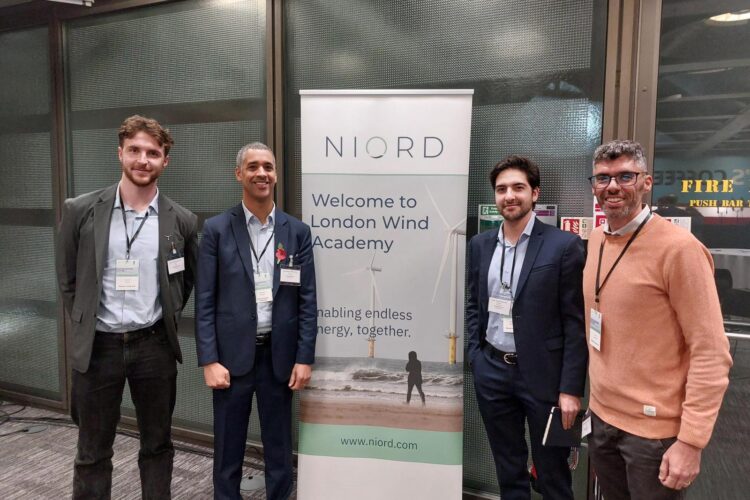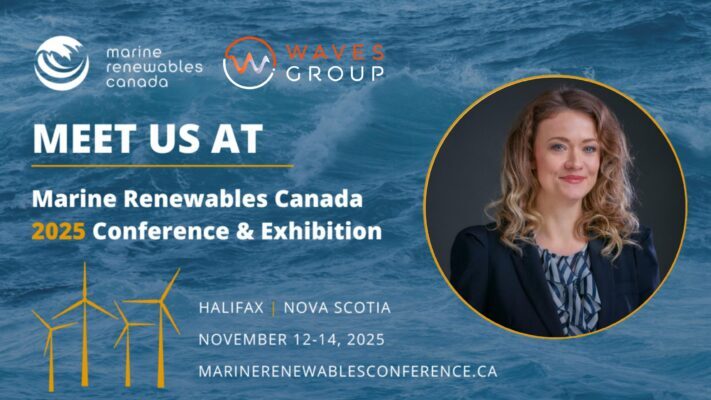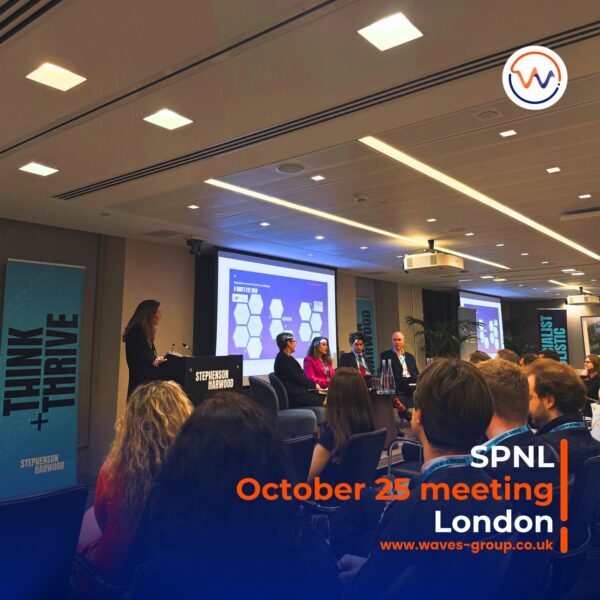Fuel choices, real risks, and the next 5 years: a practitioner’s view
At sea, theory yields to practice. You can model pathways all you like, the moment a vessel tries to bunker a new fuel in a busy port, a superintendent plans a hot-work window or the vessel attempts de-bunkering for dry dock, the “pathway” becomes a set of very real engineering, operational and human-factors decisions.
At our London International Shipping Week 2027 panel with Britannia P&I Club and HFW, we set out to cut through the noise and talk about what actually works and what can go wrong when alternative fuels and new tech meet day-to-day operations, contracts and claims. Here’s my plain-spoken take on where we are now, what’s coming next, and what I advise owners and operators to do about it.
1) Fuel is no longer “just an OPEX line”
Owners aren’t switching fuels only for price or availability. They’re optimising against regulatory exposure, tradability and earnings. With EU ETS, FuelEU Maritime and tightening efficiency metrics, the choice of fuel and technology configuration is now a lever for cash flow, risk and competitive positioning.
Practical implication: Model your fleet (not just single ships) across your real tradelanes. Identify “anchor” vessels that can over-comply and help the rest via pooling or flexibility mechanisms, so you reduce penalties and sometimes monetise surplus compliance.
2) Dual-fuel isn’t fence-sitting; it’s risk control
Why the rush to dual-fuel? Optionality. It buys time for ports, suppliers and crews to catch up while protecting global tradability. It also lets teams train on live kit without betting the business on a single fuel trajectory. Gambling that the fuel ‘might be at the next port’.
But “ready” doesn’t always mean “simple.” I’ve boarded more than one “-ready” vessel where the most valuable gift was space, reserved routing, foundations and segregation for future systems because the mature tech isn’t there yet. That design foresight matters when you discover your perfect spec clashes with real dry-dock logistics or cargo handling.
Practical implication: If you can’t avoid dual-fuel, design-in space and routing for tomorrow’s tanks, pipe-runs and utilities. Validate against dry-dockability and cargo operations before you sign steel.
3) Standards are catching up, so your due diligence must lead
For conventional fuels, ISO 8217 gives a shared language. For several alternatives, the equivalent maturity simply isn’t there yet. That gap moves risk upstream into procurement and downstream into operations. It elevates the importance of fuel specs, storage/handling procedures, material compatibility, and documentary evidence for sustainability claims.
We’ve already seen how small process slips cascade e.g., temporary storage of methanol in a tank with the wrong metallurgy, followed by contamination that could have severely damaged engines if the fuel hadn’t been re-tested. That wasn’t a technology failure, it was a process and diligence failure.
Practical implication: Treat supplier vetting, on-delivery testing, sampling/segregation, and chain-of-custody as non-negotiable. Bake documentary requirements for sustainability and quality into bunker contracts and charterparties; “light” clauses won’t cut it for unfamiliar fuels
4) Insurance isn’t loading a blanket “new-fuel premium” – yet
P&I and hull markets still price mainly on claims performance. That’s good news for innovators but only if you can demonstrate prudence. Clubs will examine approvals (flag/class/engine maker), training records, SOPs, emergency drills and vendor due diligence when a claim lands.
Also, let’s be clear about spill risk with new fuels. Many alternatives are less persistent in the environment but more acutely hazardous to people. Ammonia’s toxicity and cryogenic hazards, methanol’s potentially invisible flame, and the different behaviours of gaseous fuels change the emergency playbook from “deploy booms” to “protect life first, monitor, then intervene” with specialist detection and PPE to match.
Practical implication: Assume the standard of a “prudent uninsured.” Keep an auditable trail of approvals, competence and drills. Update your emergency response plans for toxic and cryogenic scenarios and rehearse them for real.
5) Biofuels: a credible “now-state” while the “end-state” matures
Certified biofuels and blends are not a silver bullet, but they are practical, drop-in improvements with meaningful lifecycle reductions when the supply chain and documentation are robust. They can improve CII trajectories and reduce carbon cost today while methanol, ammonia and fuel-cell ecosystems scale.
Practical implication: Use biofuels where certification and supply are reliable; ensure your documentation is watertight to realise compliance value and avoid disputes.
6) Bolt-ons still matter, if you avoid stranded complexity
Air-lubrication, waste-heat recovery, advanced hull coatings and digital trims don’t solve decarbonisation alone, but they compound with fuel choices to cut consumption and carbon cost. The catch is integration risk: piecemeal add-ons can create maintenance and failure modes that overwhelm small teams.
Practical implication: Prioritise systems engineering over gadgets. Select measures that your crews can operate and maintain reliably, with spares and service support where you trade.
7) Training is the single biggest success factor
Hardware often gets the budget; people determine outcomes. The realities of alternative fuels cryogenics, toxicity, ignition properties, purging procedures, gas detection limits demand type-specific training and muscle-memory drills. We’re also short of experienced people: LNG competence remains scarce, and ammonia/methanol familiarity will lag demand for some time.
Practical implication: Front-load competence building. Start with the hazards you can’t see (vapours, invisible flames, brittle fracture). Use realistic scenarios de-bunkering logistics, gas-freeing for hot work, emergency shutdowns. Then capture lessons learned and propagate them fleet-wide.
8) Contracts must reflect the new risk/benefit reality
On unfamiliar fuels, the bunker buyer’s old, lightweight protections won’t do. Expect more prescriptive specs (quality, quantity, storage, compatibility), clear alternatives if nominated fuels aren’t available, and sustainability documentation that stands up for ETS/FuelEU treatment. Mirror that logic in time charters, so benefits and burdens line up across the chain.
Practical implication: Align legal with technical: clauses should reference actual operating procedures and evidence flows, not abstractions. If your chief engineer can’t deliver the documents your lawyer promised, you haven’t managed the risk.
Owner’s checklist for the next 24 months
- Fleet model, not folklore – Quantify regulatory cashflows by route/fuel mix; identify which ships can over-comply and support others.
- Engineer for optionality – Reserve space, routes and utilities; test designs against real dry-dock and cargo scenarios.
- Upgrade specifications – Tighten fuel specs, storage/handling requirements, and sustainability documentation in bunker contracts and charterparties.
- Vet and verify – Formalise supplier audits, on-delivery testing and chain-of-custody; don’t skip compatibility checks during temporary storage.
- Train to the hazard – Build type-specific competence; drill toxic/cryogenic and invisible-flame scenarios; document it all.
- Evidence prudence – Keep approvals, SOPs, drills and vendor due diligence in a claims-ready format.
- Choose bolt-ons you can support – Prefer measures with proven service networks where you trade.
The end-state and the road to it
Would nuclear solve many headaches? Technically, yes; practically, it’s far off for merchant fleets. Internal combustion will be with us longer than many headlines imply. In the meantime, the winners will be the owners who design for optionality, invest in people and treat documentation like a safety-critical system.
At Waves Group, we try to keep it simple: make good ships better, and help crews operate them safely whatever they burn. If you’d like us to pressure-test your decarbonisation plan, review your fuel specs and clauses, or run hazard-led drills with your teams, we’re ready to help.

